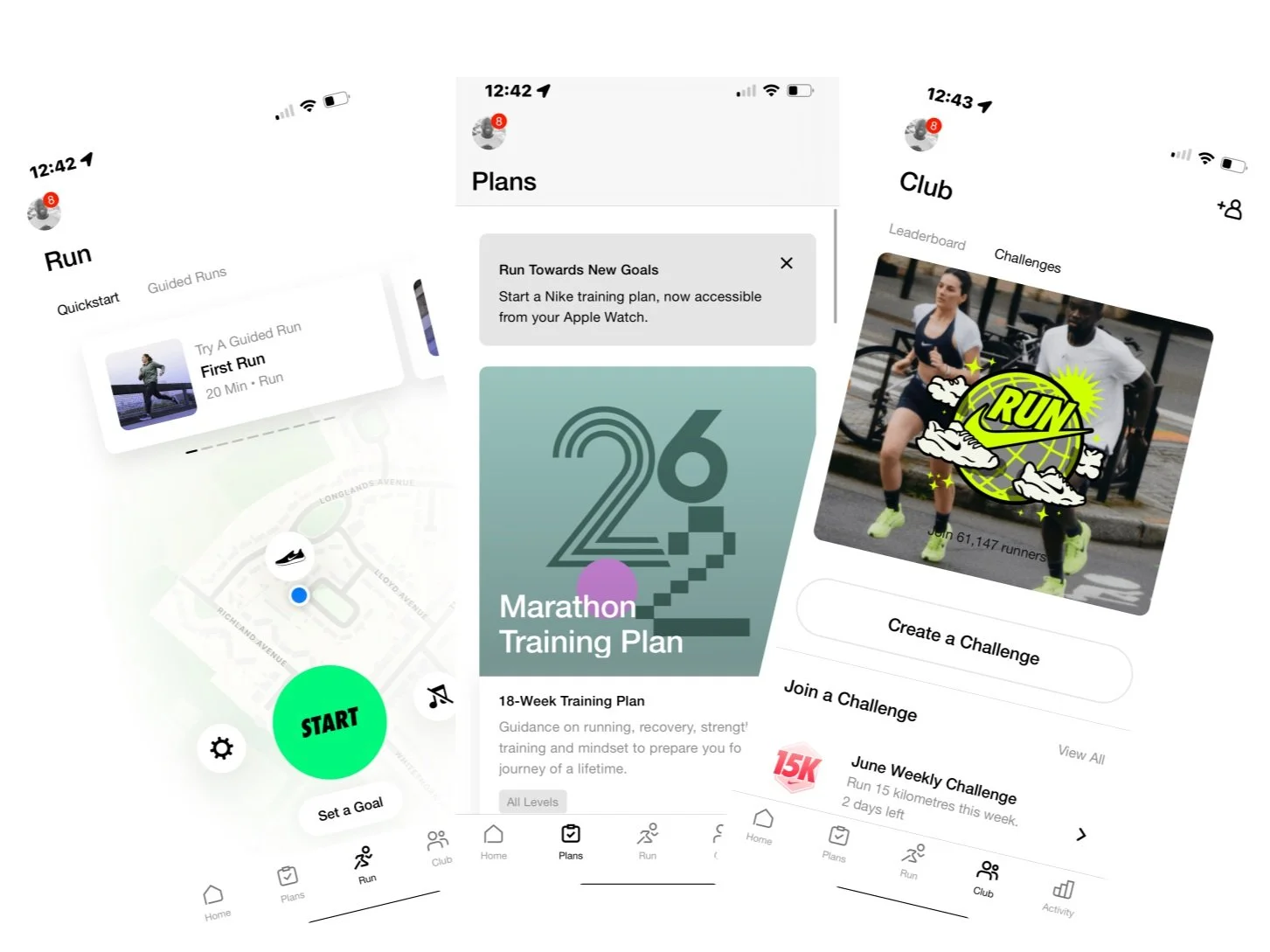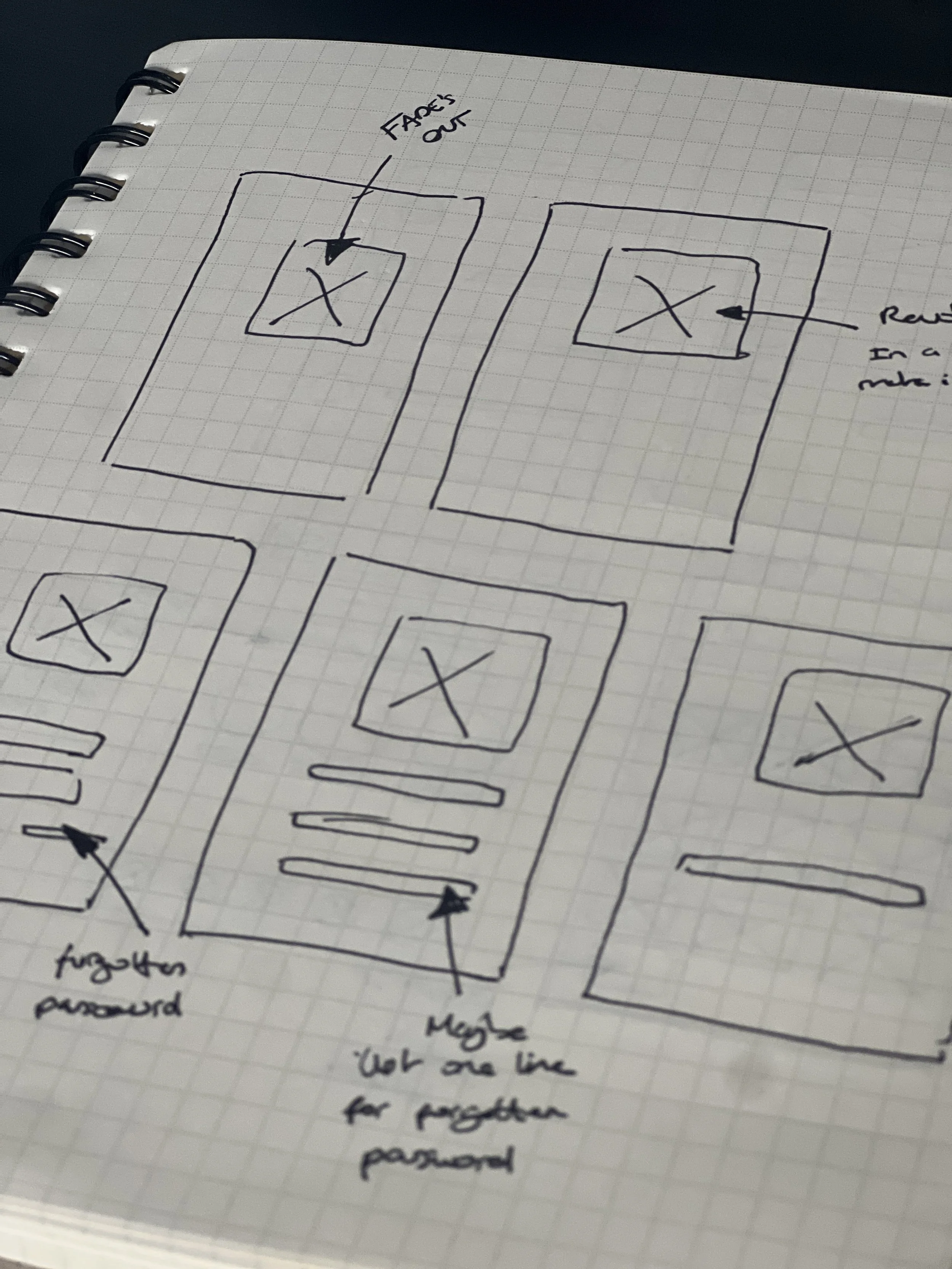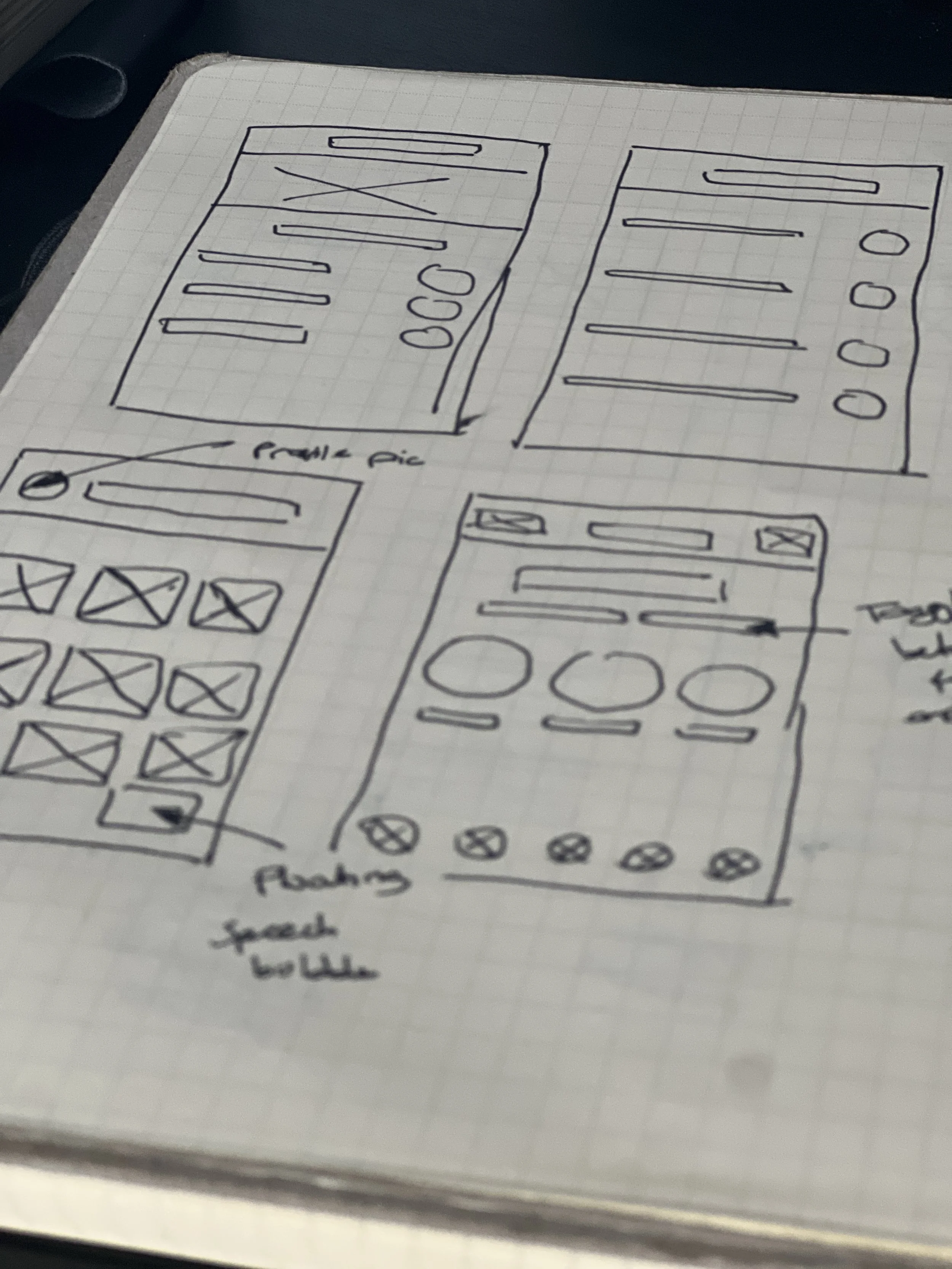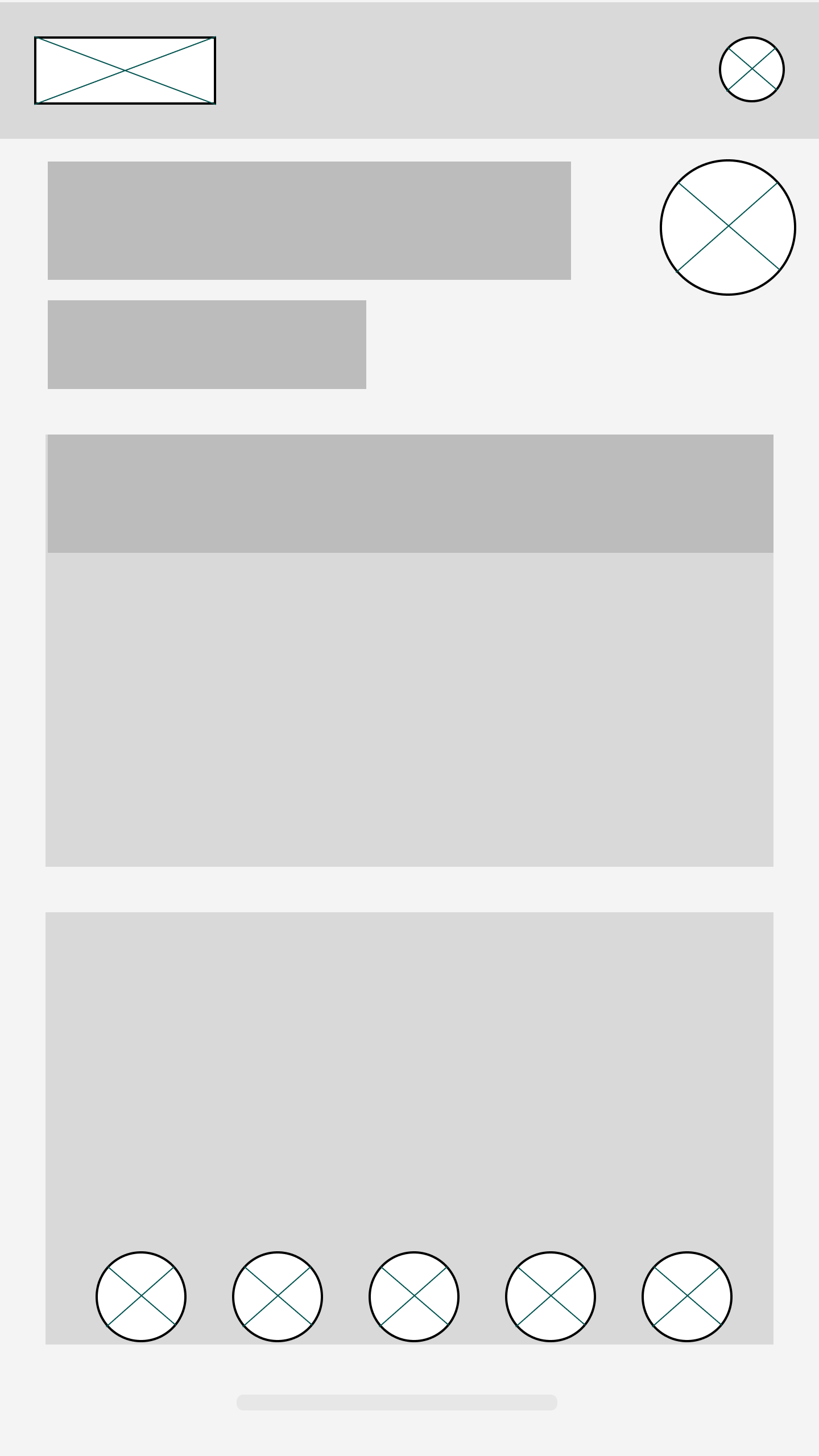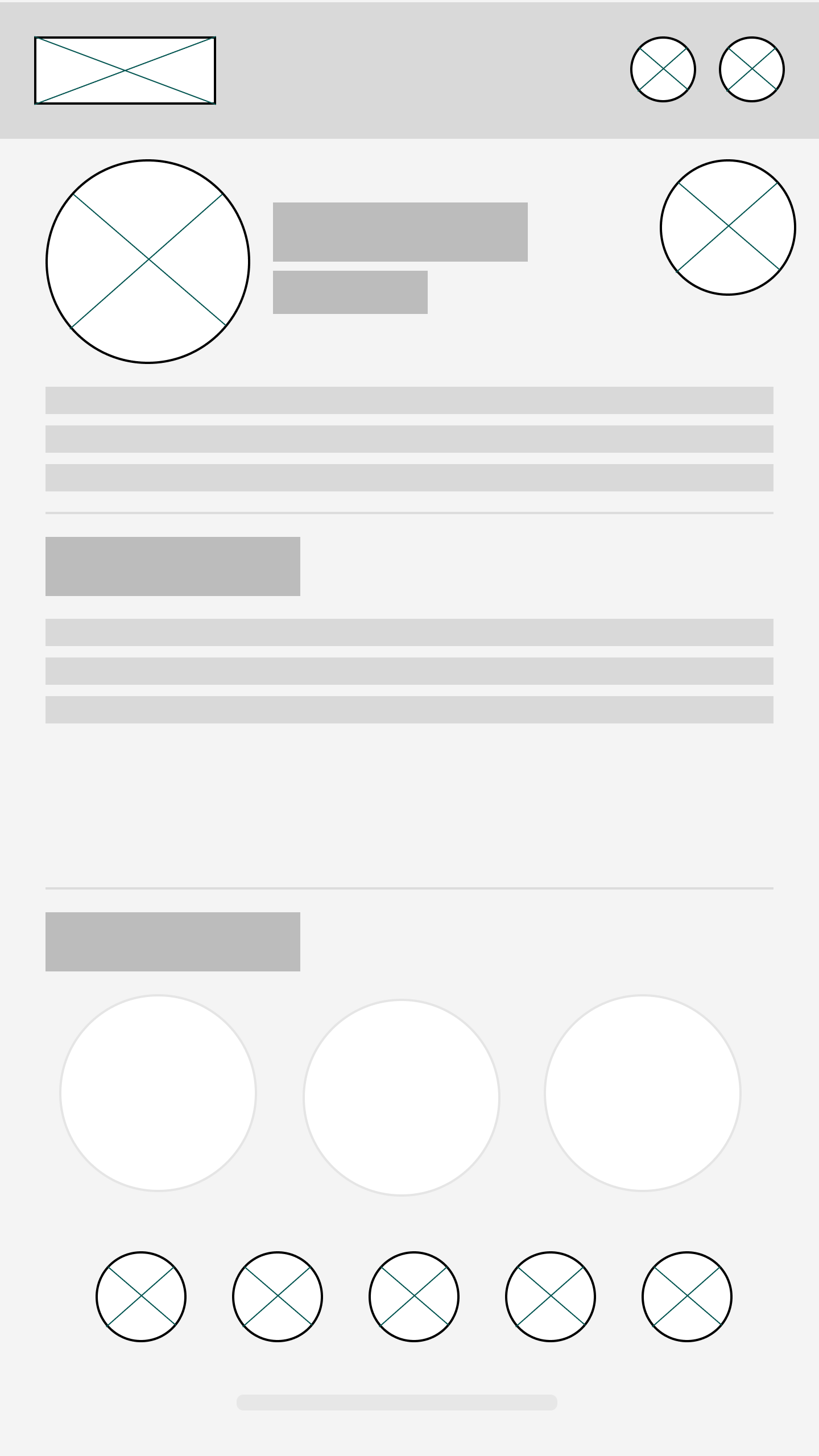ELEVATE
ROLE
UX Designer
5 Day Sprint
TIMELINE
BRIEF
Create a brand identity and iOS Mobile app for Elevate, a community focused gym with that connects members.
TOOLS USED
Figma
Adobe Suite
User personas
Rapid prototyping
Branding
Affinity mapping
Step One: UX
DISCOVERY: SURVEY & INTERVIEWS
I Surveyed (15) Target users and conducted (5) In depth user interviews, using Microsoft teams and Survey Monkey, to understand what truly makes a gym app feel like more than just a workout tracker. We found themes such as motivation, accountability, and a sense of belonging. Features like social challenges, progress-sharing, and personalized check-ins emerged as key ways to foster connection. Our survey focused on demographics, attitudes towards using social-media, Lifestyle habits, tool research habits and current challenges.
The user interviews allowed us to define the consideration set for the comparative analysis.
COMPARITIVE ANALYSIS & COMPETITIVE MARKET STUDIES
To gain industry wide context for best practices and opportunities for differential advantage I conducted a survey of (2) industry competitors and what I deemed as successful landing page references.
In this study I researched what makes these competitors effective. Key factors such as Navigation, Social Proof, Scannability, AND CTA’s
Key design insights gained: Repeated CTA’s, Concise Text, White Space, Distinct content blocks and responsive iOS design.
AFFINITY MAPPING
I synthesised data from our survey and interviews with affinity mapping using Miro. Grouping together similar responses and keywords to pinpoint trends and outliers allowing me to prioritise our users’ needs.
NIKE RUNNING APP
PUREGYM
USER JOURNEY
USER PERSONAS
After synthesizing the data I created (3) user personas and scenarios to support clear communication during the design process. The 3 archetypes identified were the Stay at home mum, the married father working full time, young professionals working within large enterprises.
Next steps involved designing a user journey for Elevate. It was imperative at this point that I set up meetings with developers to potentially find technical opportunities or blockers. We were able to identify key needs like accountability, social connection, and class accessibility while addressing pain points such as scheduling conflicts.
LOW FIDELITY MOCK-UPS
MID FIDELITY MOCK-UPS
Using Figma, I turned the paper prototypes into a live digital wireframe and used this to conduct 4 usability interviews. I highlighted some of the pain points, and took them into careful consideration when designing the high fidelity mock ups. These were some of the issues that arose. As we had already brought Devs into meetings we had no complications or constraints moving forward.
PAIN POINTS
Potential scheduling conflicts: Making sure we designed clear notice screens to advise for next steps.
Privacy and comfort concerns: Users hesitant to share progress, photos with strangers. I had to design privacy settings, which allowed users to choose who could see their personal pages.
Overwhelming onboarding: Too much information, especially on the “Trophies” Page. Had to scale down what we presented to users.
Step Two: BRANDING
FINALS
After researching popular fitness apps, I found a theme around thick lettering, quirky suggestions within the logo and positive colouring. With the branding completed, UI would now be seamless as I could implement it into the app.





